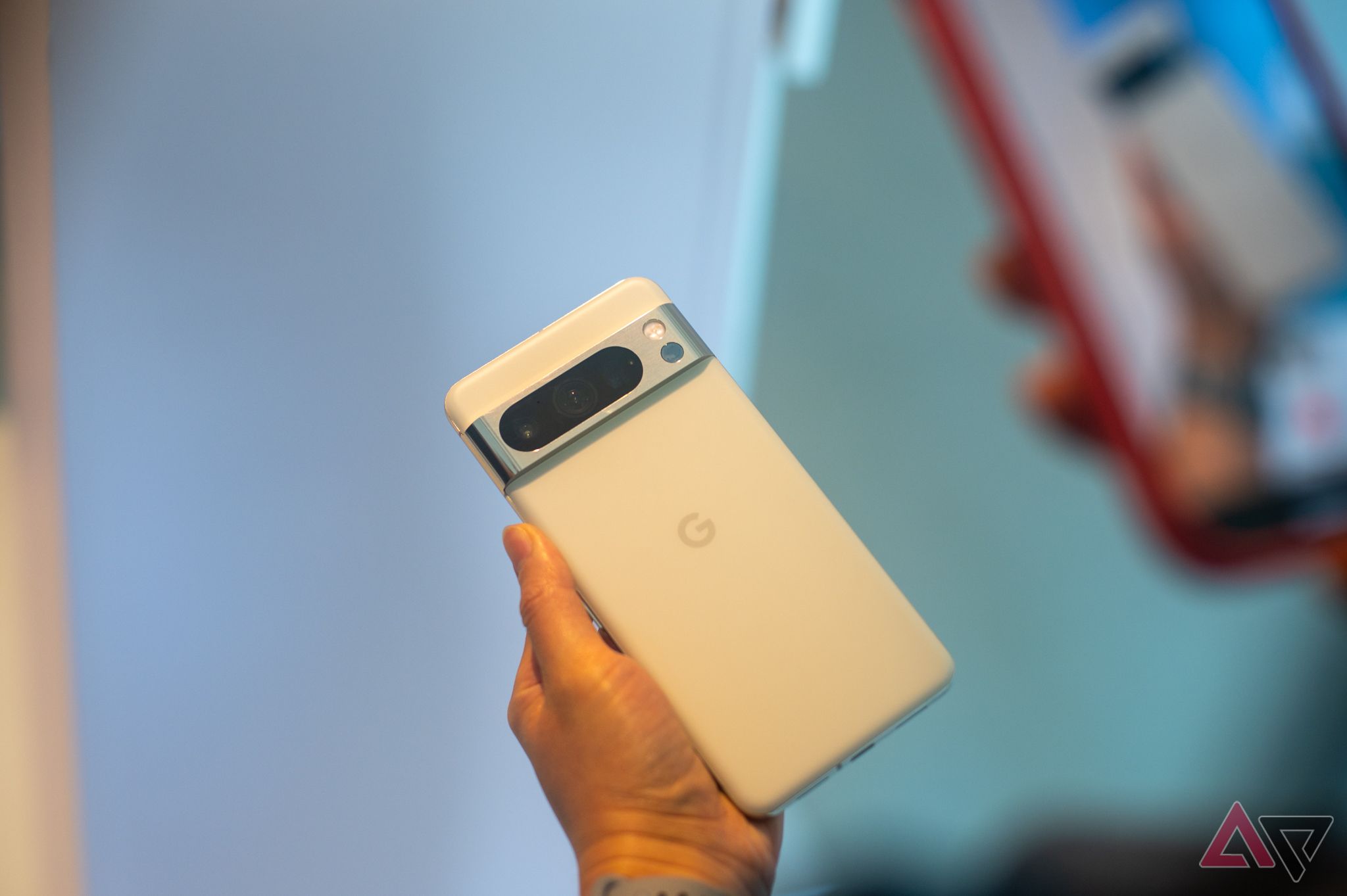Google Pixel 8 & 8 Pro: Hardware, special features, cameras, pricing, and availability

Google delivers some of the best Android phones, and the Google Pixel 8 and Pixel 8 Pro are no exception. Google announced the Pixel 8 and Pixel 8 Pro at its Made by Google event on October 4, 2023, and the phones were available in the US on October 12, 2024.
The latest Pixel phones look like an exciting upgrade. They have fresh design tweaks, and the new Google Tensor G3 processor powers the experience. Let’s explore the cool features the Pixel 8 series offers.
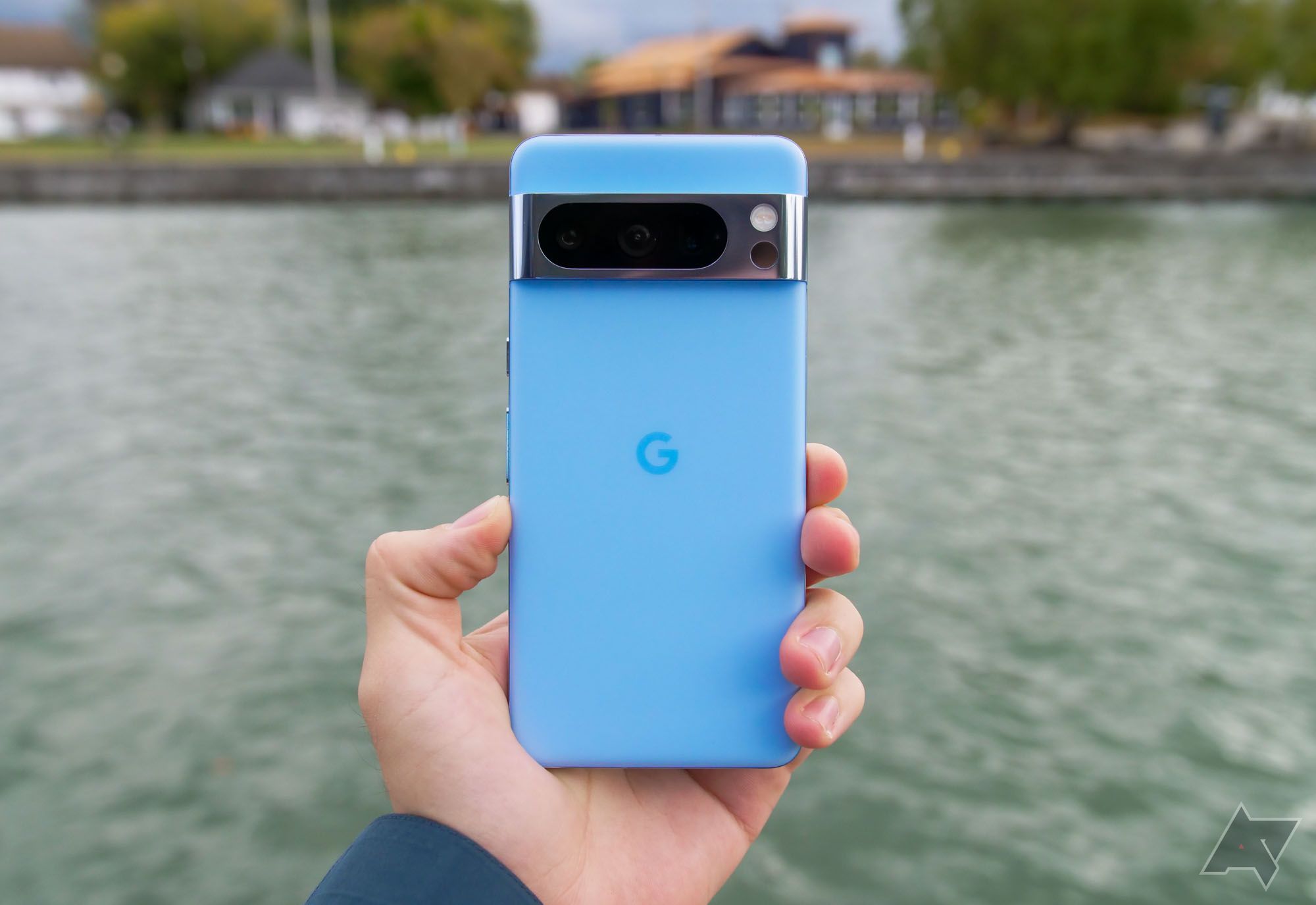
Google Pixel 8 Pro review: Living up to its name
If you want to see the future of Google, the Pixel 8 Pro is the phone to buy
Google Pixel 8: design and display
A familiar but refined design — horizontal camera bar included
Although Google waited until October 2023 to announce the Pixel 8 series on stage, as opposed to the Pixel 7’s early I/O unveil in 2022, we didn’t wait long for official images. That means that, for nearly a month before the Pixel 8 became a reality, we knew what this device looked like.
Overall, the Pixel 8 and 8 Pro share the same design language as their predecessors. The changes are minimal — the corners of the phones’ screens seem more round, and more similar to the Samsung Galaxy S24+ than the squared-off corners of the S24 Ultra.
Regarding the materials, we didn’t see anything out of the ordinary. While Apple might use titanium on the iPhone 15 series, Google is sticking with classic glass and aluminum. The Pixel 8 Pro has a matte finish while retaining brushed aluminum for the camera bar and frame. The Pixel 8 keeps its matte aluminum frame paired with glossy back glass.
The iconic Pixel camera bar gets a slight tweak on the Pixel 8 series as well. The lenses, particularly on the Pixel 8 Pro, are grouped closer together. You’ll also notice a new sensor on the Pro’s visor. It’s a thermometer capable of measuring surface and body temperature.
The standard Pixel 8 comes in Obsidian, Hazel, and Rose, while the Pixel 8 Pro includes options for Obsidian, Porcelain, and Bay. Google’s color schemes are black, greenish gray, and pink for the smaller model and black, white, and blue for the larger one.
No phone would be complete without some matching cases. Google’s current lineup of protective shells might pale in comparison to older fabric cases, but the Pixel 7 series was a step up from the models shipped in 2021. The Pixel 8 cases match up with the basic phone colors, alongside the addition of a Coral option for both phones.
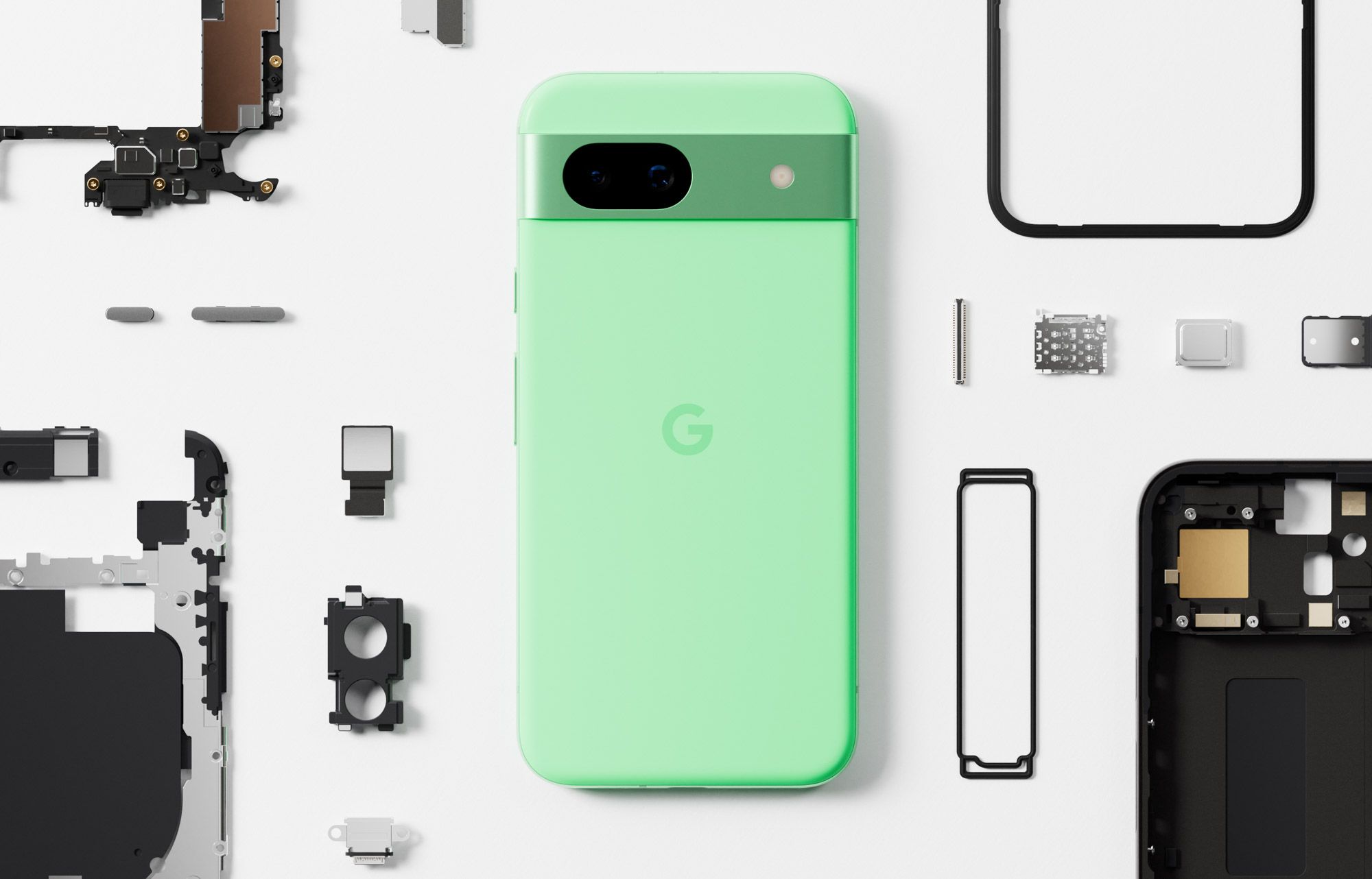
Google Pixel 8a: Price, specs, news, and features
Think the Pixel 8 is too expensive? Google’s latest A-series drop might be for you
Familiar displays with a few welcome updates
The Pixel 8’s 6.2-inch OLED display is slightly smaller than that of the Pixel 7, continuing Google’s trend of shrinking the entry-level Pixel’s footprint. The 60Hz – 120Hz variable refresh rate display has a 2,400-by-1,090 resolution with 428 ppi. It’s also brighter than its predecessor, thanks to Google’s new Actua technology. Brightness comes in at 1,400 nits (HDR) with a maximum of 2,000 nits outdoors.
Meanwhile, the Google Pixel 8 Pro has a 2992-by-1344, 6.7-inch LTPO OLED display with 1hz – 120Hz variable refresh rate. Again, it’s brighter than its predecessor, thanks to Super Actua technology, with brightness coming in at 1,600 ntits (HDR) with a maximum of 2,400 nits outdoors. The curved edges on previous Pixel Pro models are also gone, with a flat display taking its place.

What is Google’s Pixel Super Actua Display?
We dive into the details of Google’s Pixel Super Actua Display to explore how the Pixel 8 Pro’s screen stacks up against other flagship phones
Google Pixel 8 and Pixel 8 Pro: cameras and image quality
When discussing Google Pixel phones, you can’t ignore the camera. Google built its successor to the Nexus program on its impressive photo capabilities, combining excellent hardware with cutting-edge software and AI-powered photo processing. In the past, we’ve seen Google stick with camera sensors for years. It wasn’t until the Google Pixel 6 that the company ditched the sensor it used in the Pixel 3. But with the 2023 lineup, that changed.
All three sensors on the Pixel 8 Pro are new, while the Pixel 8 only gets a new main sensor. That 50MP lens is the same across both phones, rocking a new f/1.68 aperture that sounds impressive. It still uses pixel binning and can crop in to act as a 2x zoom. It’s also the lens used on the smaller Pixel 8 for Super Res Zoom, which caps out at 8x on that device.
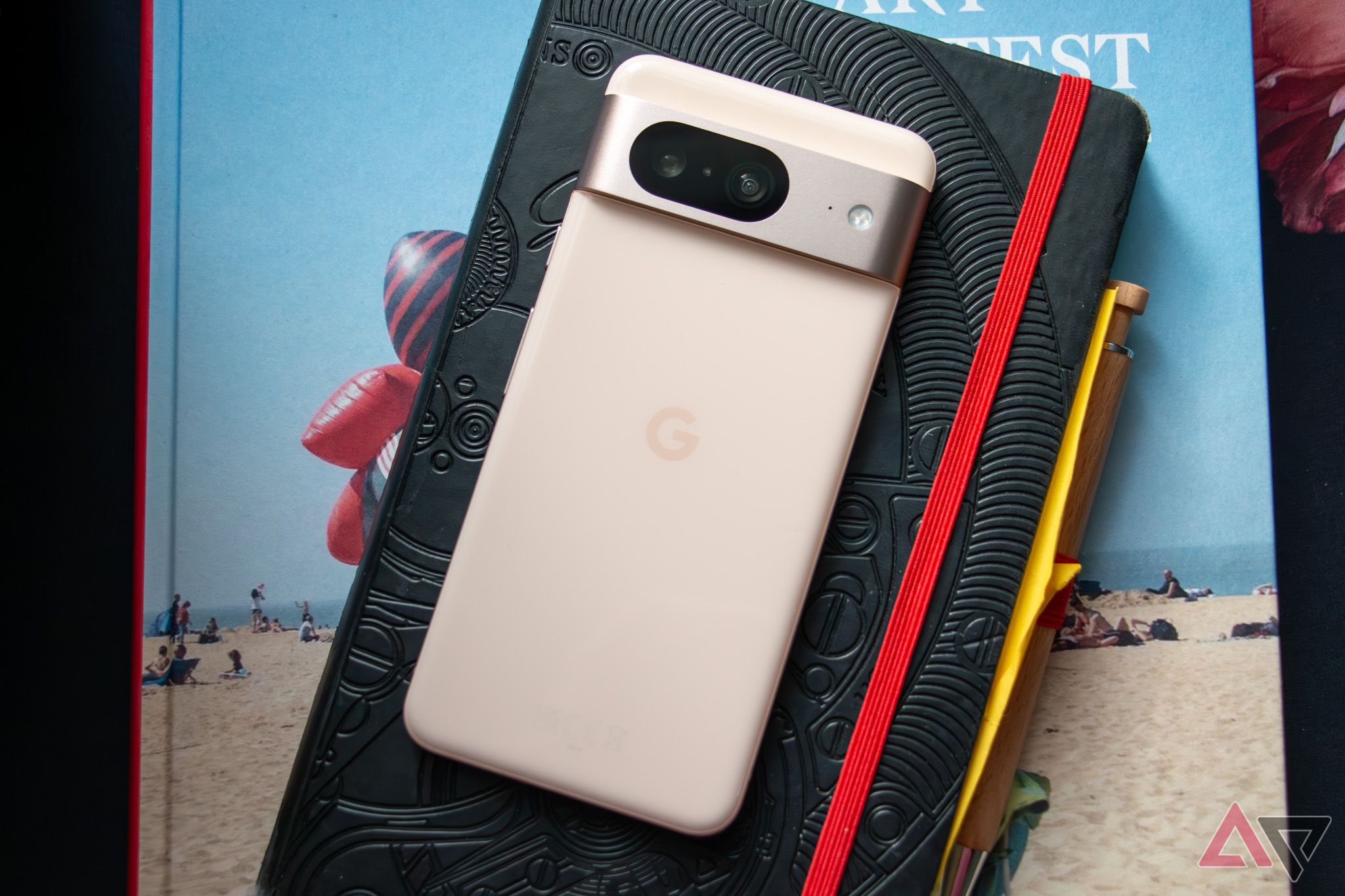
Google Pixel 8 review: The Pixel for the masses
The Pixel 8 doesn’t need every feature the 8 Pro offers, it’s packing more than enough
While the ultrawide lens is unchanged on the Pixel 8, the Pro has a new sensor. A 48MP f/1.95 lens with a 125.5-degree field of view sounds impressive. The periscope telephoto lens is also new, with a 48MP sensor with an f/2.8 aperture. Super Res Zoom lets the Pro get up to a 30x digital crop.
The front-facing camera is similar across both models, with a 10.5MP lens with an f/2.2 aperture, but only the Pro supports autofocus. Despite this, both support face unlock with authentication, an upgrade over the previous phones. Software remains a focus here. Yes, you’ll find an improved Magic Eraser on the Pixel 8 lineup, as well as a new video editing feature. Magic Editor has features like Best Take and Video Boost to improve your photos and videos. Night Sight is also supported when recording videos, which could make the Pixel 8 one of the best Android phones for recording in the dark.
Google Pixel 8 and Pixel 8 Pro: Hardware specifications
As far as the hardware specifications go, both phones use the new Google Tensor G3 chipset, which improves efficiency, performance, and AI capabilities.
Speaking of batteries, the Google Pixel 8 sports 4,575mAh capacity battery with 27W wired charging. The Pixel 8 Pro clocks in at 5050mAh with 30W wired charging. Both phones have 12W Qi wireless charging and 23W wireless charging with the Google Pixel Stand 2. A USB-C to USB-C cable (USB 2) is included in the box, but a charger is not.
The Google Pixel 8 ships with 8GB of LPDDR5X RAM along with 128GB of USF 3.1 storage; there’s also a 256GB variant if you need more space.
The Google Pixel 8 Pro is a bit more versatile, shipping with 12GB of LPDDR5X RAM. The base model includes 128GB of storage, but 256GB, 512GB, and 1TB storage options are also available. But while there are more storage upgrades available, the Pixel 8 Pro ships with the same UFS 3.1 storage as you’ll find on its smaller sibling, which is a bit of a let-down since other flagships, like the Samsung Galaxy S24 Ultra, have UFS 4.0 storage.
-
Google Pixel 8 Google Pixel 8 Pro SoC Google Tensor G3 Google Tensor G3 RAM 8GB LPDDR5X 12GB Storage 128GB, 256GB 128GB, 256GB, 512GB, 1TB UFS 3.1 Battery 4,575mAh 5,050mAh Ports USB-C USB-C 3.2 OTG Operating System Android 14 Android 14 Front camera 10.5MP, f/2.2 10.5MP selfie camera Rear camera 50MP, f/1.7, OIS main; 13MP, f/2.2 ultrawide 50MP main; 48MP ultrawide; 48MP telephoto Dimensions 150.5 x 70.8 x 8.9mm 162.6 × 76.5 × 8.8mm Colors Rose, Hazel, Obsidian Black Obsidian, Porcelain, Bay Display type OLED, 120Hz LTPO OLED, 1-120Hz Weight 187g 213g Charge speed 27W wired, 18W wireless 30W wired, 18W wireless (with Pixel Stand 2), 12W wireless (Qi), 5W reverse wireless IP Rating IP68 IP68 Display dimensions 6.2-inch 6.7″ Display resolution 1080 × 2400 1344 × 2992 Charge options Wired, Wireless Wired, Wireless, Reverse wireless SIM support Dual SIM (Nano SIM and eSIM) Dual SIM (Nano SIM and eSIM) Cellular connectivity 4G, 5G (incl. mmWave) 5G (Sub-6 & mmWave), LTE Wi-Fi connectivity Wi-Fi 7 (except certain markets) Wi-Fi 7 (Except certain markets), Wi-Fi Direct Bluetooth Bluetooth 5.3 Bluetooth 5.3 with aptX HD
Google Pixel 8 and Pixel 8 Pro: Android OS, Feature Drop, and security updates
For years, Google dropped its latest Android upgrade between August and October. Android 12 and its visual overhaul arrived in October 2021, in time for the Pixel 6 to launch. Android 13, which was a smaller update, landed in the first week of August 2022, providing plenty of time to fix last-minute bugs.
Like clockwork, Google kicked off its Android 14 developer previews in February 2023, with a beta program launched in mid-April 2023. The timeline of 2022 looks familiar, with Beta 5, the last drop before stable builds arrive, pending an iterative bug fix that came in August 2023. Although we expected Android 14 to arrive in September 2023, it showed up alongside the Pixel 8.
Google stepped up its software game by promising seven years of full Android OS updates, a change from the previous policy of three major OS upgrades and five years of patches given to older Tensor-powered phones. That could best even Apple, a company historically excellent at supporting devices for over half a decade. The 2017 iPhone X has reached its EoL date with iOS 17, six years later. With seven years of full OS, security, and Feature Drop support, Google is at the front of the pack.
Google’s software focus is what makes the Pixel experience stand apart from its competitors, and that goes double with this lineup. AI is the buzzword, and Google is making the most of it. The change here is Assistant with Gemini.
Whether you’re looking at those camera features we detailed above or new features for Assistant, there’s plenty on display. Google’s voice tools can summarize and paraphrase on-screen text, speed up voice typing, and deliver additional info through At a Glance. Outside of AI, Pixel Call Assist continues to reduce background noise, filter spam, and more.
Google Pixel 8 and Pixel 8 Pro: prices and carrier availability
Google launched the Pixel 8 and Pixel 8 Pro on October 4, 2023, and they became available in stores and online on October 12, 2023. Unlike the Google Pixel Fold, the new Pixel 8 duo is available in many markets. You can buy the phones in the US, Canada, Austria, Denmark, France, Germany, Ireland, India, Italy, Japan, Norway, Portugal, Puerto Rico, Singapore, Spain, Sweden, Taiwan, the United Kingdom, and the Netherlands.
That makes it one of the widest launches yet for Google’s mobile division, but it’s also the most expensive in the US. Both phones are seeing price hikes across the board, with the Pixel 8 starting at $700 and the Pixel 8 Pro reaching the $1,000 mark. Refer to your local region for pricing, but devices in both the UK and EU saw similar increases.
If you were a previous Pixel Pass subscriber — the all-in-one Google Fi bundle announced alongside the Pixel 6 two years ago — you’ll pay for your services separately. It shut down effective August 29, 2023, though current customers received a $100 credit toward a new Pixel.
Google Pixel 8 & 8 Pro: A new generation of Pixel
The journey to the Pixel 8 and Pixel 8 Pro has been filled with anticipation. Google aims to right some past wrongs with this new flagship, promising a powerhouse of specs and clever software enhancements. There’s the price increase to consider, but if Google delivers on those promises, the Pixel 8 Pro could be the phone that makes those previous stumbles worthwhile.
-
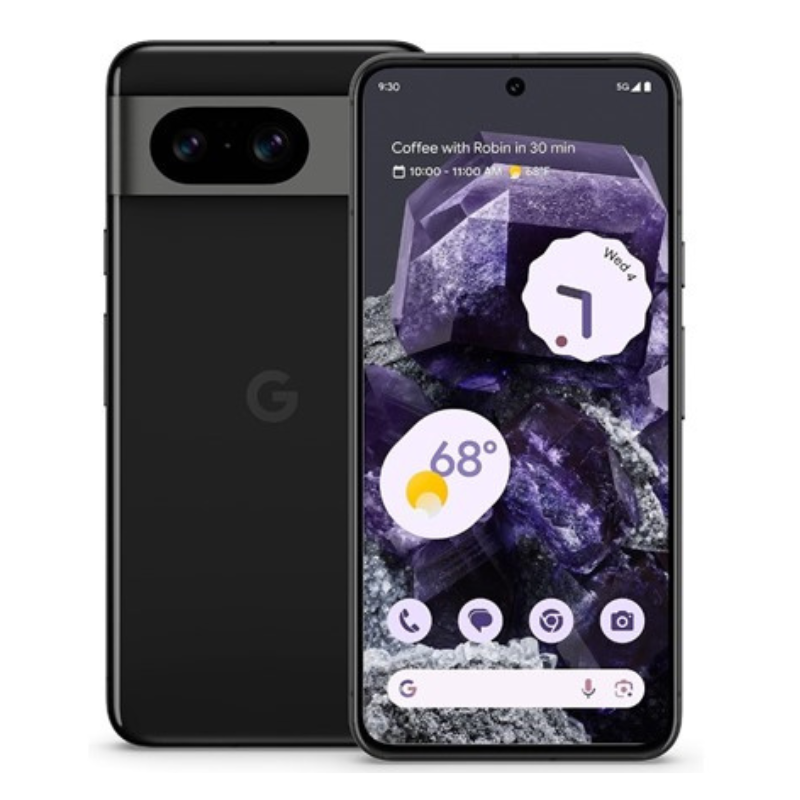
Google Pixel 8
Google’s Pixel 8 shrinks down its budget flagship phone to a smaller size while still packing some impressive specs. From Tensor G3 and its impressive AI-focused skills to an all-new camera sensor, the Pixel 8 looks to shine — albeit for a more expensive price.
-
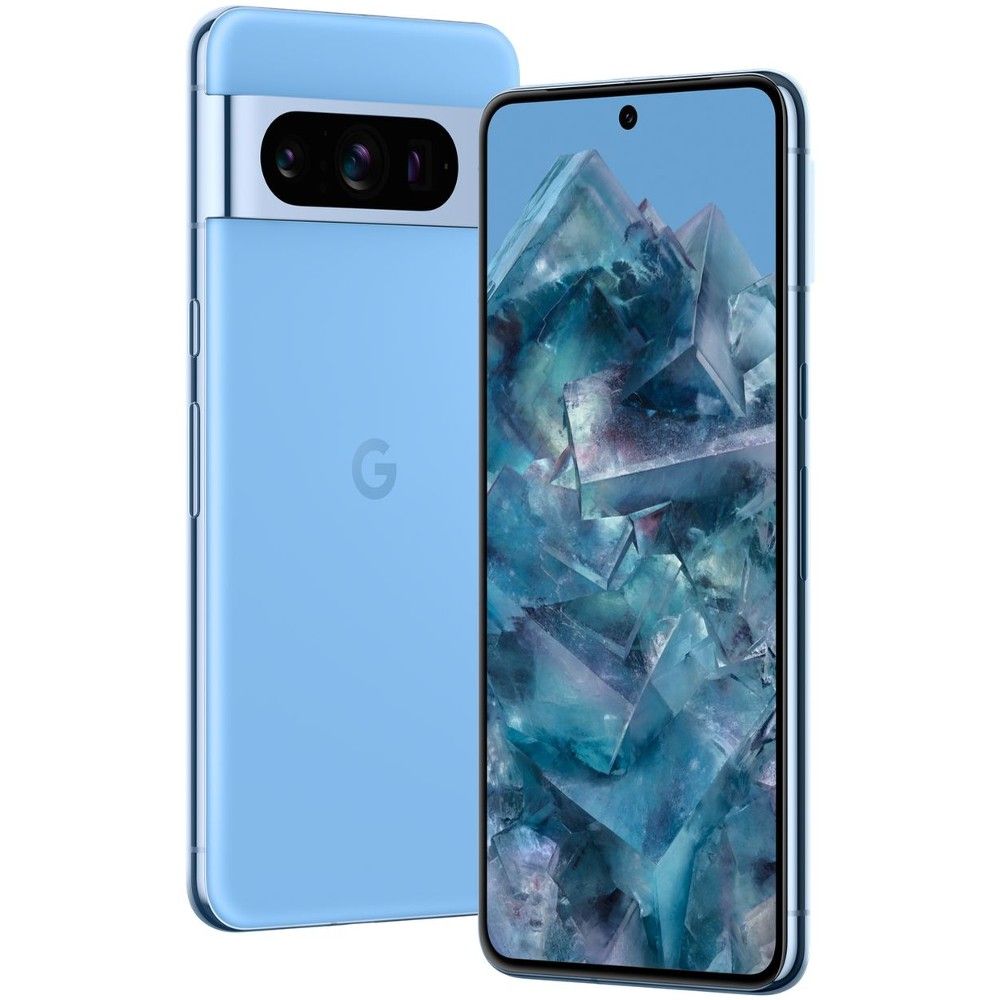
Google Pixel 8 Pro
The Google Pixel 8 Pro is the company’s latest flagship, boasting a new Tensor G3 chip, a brighter screen, and a new camera array capable of capturing even more light. As usual, the real power lies in Google’s Tensor chip, which offers even more photo enhancement and image editing features.
